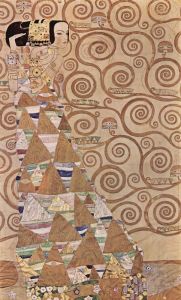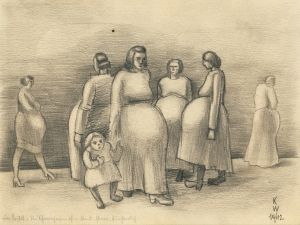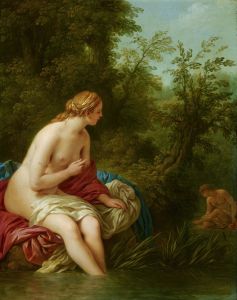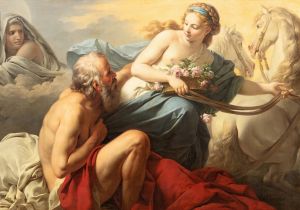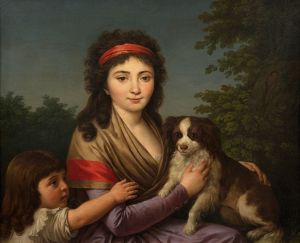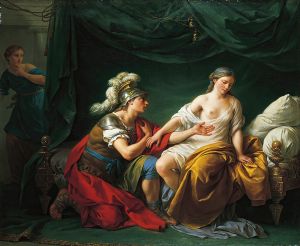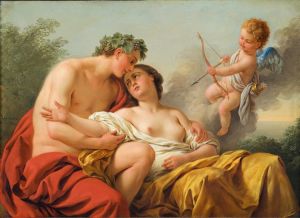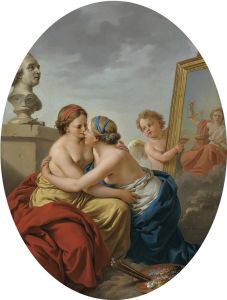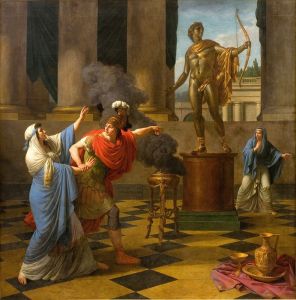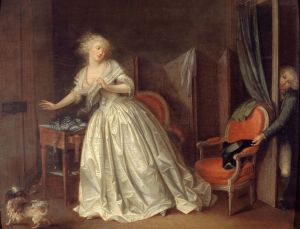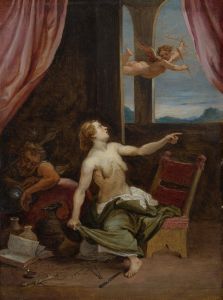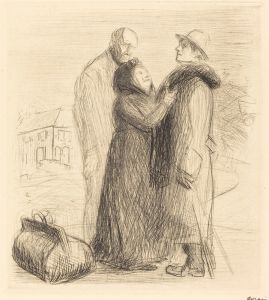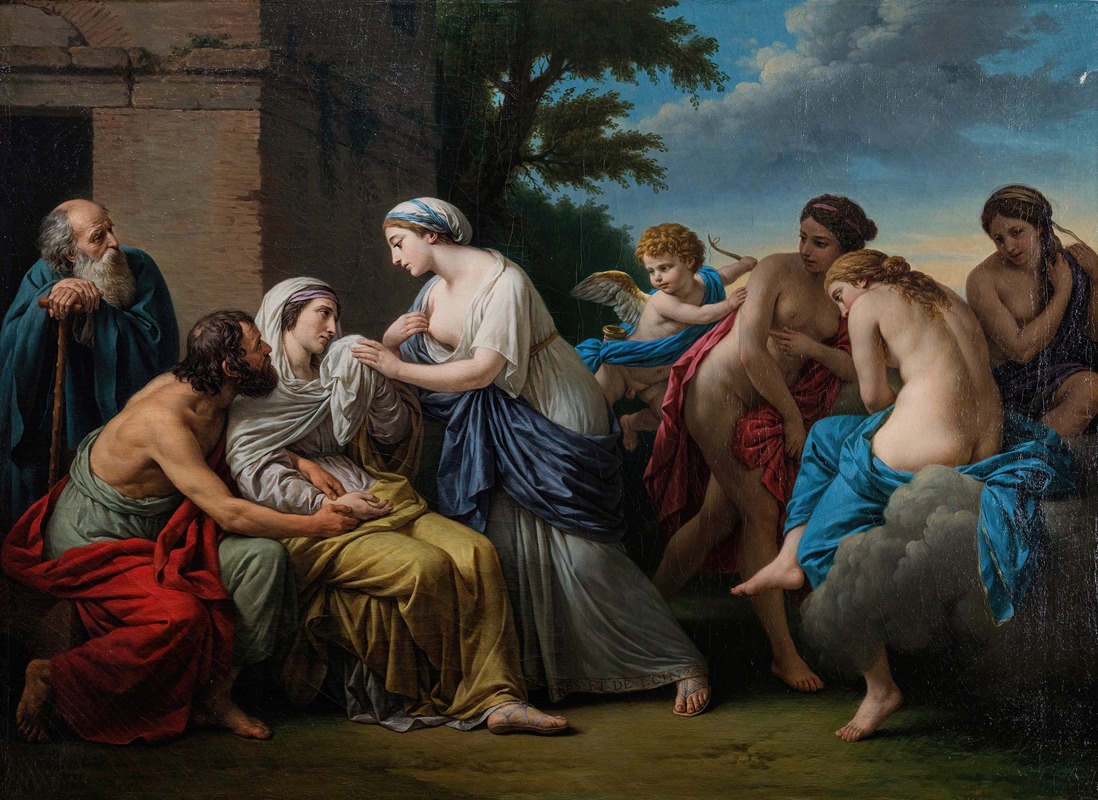
L’Amitié consolant la Vieillesse de la perte de la beauté et du départ des plaisirs
A hand-painted replica of Louis-Jean-François Lagrenée’s masterpiece L’Amitié consolant la Vieillesse de la perte de la beauté et du départ des plaisirs, meticulously crafted by professional artists to capture the true essence of the original. Each piece is created with museum-quality canvas and rare mineral pigments, carefully painted by experienced artists with delicate brushstrokes and rich, layered colors to perfectly recreate the texture of the original artwork. Unlike machine-printed reproductions, this hand-painted version brings the painting to life, infused with the artist’s emotions and skill in every stroke. Whether for personal collection or home decoration, it instantly elevates the artistic atmosphere of any space.
Louis-Jean-François Lagrenée's painting L’Amitié consolant la Vieillesse de la perte de la beauté et du départ des plaisirs (translated as Friendship Consoling Old Age for the Loss of Beauty and the Departure of Pleasures) is a work by the French Rococo artist, who was active during the 18th century. Lagrenée, born in 1724 and passing in 1805, was known for his elegant and refined style, often drawing inspiration from classical themes and allegorical subjects. This particular painting reflects his interest in allegory and the moralistic undertones common in the art of his time.
The painting depicts an allegorical scene in which the figure of Friendship is shown offering comfort to Old Age, symbolized as a personified figure mourning the loss of youth, beauty, and the pleasures associated with them. The composition likely includes classical elements, such as drapery and idealized figures, which were hallmarks of Lagrenée's style. The theme of the work aligns with the Enlightenment-era interest in moral virtue, human relationships, and the passage of time.
Lagrenée was a member of the French Royal Academy of Painting and Sculpture and held prestigious positions, including that of a court painter. His works were exhibited at the Paris Salon, where he gained recognition for his skillful execution and intellectual themes. While specific details about the commission or provenance of L’Amitié consolant la Vieillesse de la perte de la beauté et du départ des plaisirs are not readily available, it is consistent with Lagrenée's oeuvre, which often explored allegorical and mythological subjects.
The painting's current location and condition are not widely documented, and it is unclear whether it resides in a public collection or remains in private hands. As with many works of its time, it may have been part of a private commission or created for an exhibition. The lack of extensive records on this specific piece limits the ability to provide further details about its history or reception.
Lagrenée's broader body of work, however, continues to be studied for its contribution to the transition between Rococo and Neoclassicism in French art. His paintings are characterized by their graceful compositions, harmonious color palettes, and intellectual depth, making him a notable figure in 18th-century European art.





